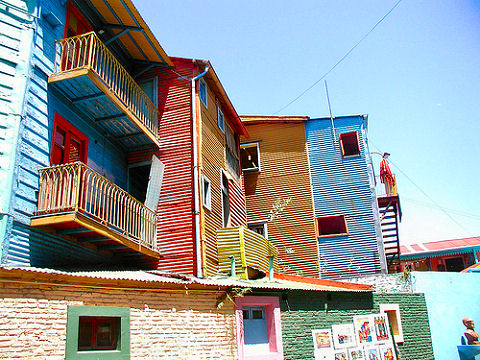
We’ve all seen those postcards of Buenos Aires with the rows of bright colored buildings along what appears to be a whole waterfront area, El Caminito. It’s practically the symbol of the city in some tour guides. And, if you go, you’ll find them, not near as many as the postcards make it look, the Caminito is only a couple of square blocks, and that amazing street fair with tango dancers everywhere will be reduced to a dozen, here and there, pimping for spare change on the streets. Mostly what you’ll get is a lot touting for souvenir shops and shilling for amazing restaurants (that aren’t). In general, other than an obligatory visit before I knew what it was all about, I avoid the Caminito like the plague that it is (it also stinks, being located right along a sewage and garbage filled stretch of the Riochuela River – somewhat cleaner these days than it was a few years ago, but only right in front of the tourist trap area. And I never recommend it to visitors. Getting to and from it is also a chore, unless you take local buses or spring for a taxi – these days I’m hearing more and more about how unsafe the area immediately surrounding it has become – I haven’t ventured out that way in awhile, other than a recent aborted stab at lunch at Patagonia Sur, the only restaurant in the ‘hood that gets any real play.
The real story, by the way, is that while it may have been a dockworkers’ neighborhood, it was neither colorful nor playful. It was so rundown it was basically a condemned blight in the city. Artist Benito Quinquela Martin, whose eponymous museum (which I’ve never written up, as my only visit there was pre-blogging days) is located right along the main strip, decided in 1954 to undertake turning the neighborhood into a street art project. He restored buildings, painted them “pastel colors” (really? those are not what I call pastels), and pushed for the whole touristy thing. The project was, more or less, complete in 1960, though it took another decade to finish off touches here and there and get people to even think about coming to the area.
But somewhere in the back of my mind rumbled a bit about a restaurant at another museum, or gallery, Fundación PROA, Pedro de Mendoza 1929. There were allusions to a pair of brothers, supposedly amazing, near world-famous, chefs, who were in charge of the place. Given that rumbling you’d have thought I’d have heard more and maybe even checked it out. “Los Petersen”, the Petersen brothers, Roberto and Christian, as best I can determine, are a couple of local caterers who are really good at self-promotion. They also were known for being the toques behind the kitchens at the Yacht Clubs here in BA and up in San Isidro. And, at some point, I guess they had something to do with the menu at Café PROA. I don’t know when, there’s no mention of them on the cafe’s or museum’s website, and the few references I found are years old.
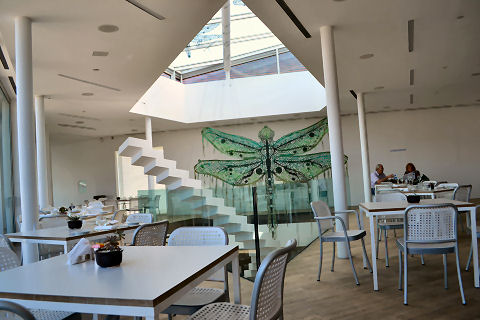
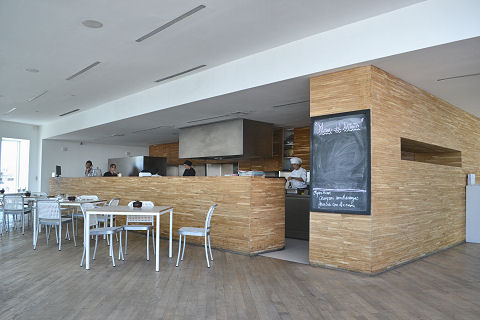
I’ll get to the museum/gallery in the next post, because I actually picked going here due to an exhibition I wanted to see, and it seemed like a good moment to give the cafe a try. There may be an elevator somewhere, I’m not sure, but you’ll be hungry after the three story climb to the top floor of the building and the cafe…. Thankfully, even just visually, it’s worth the effort, it’s a simply gorgeous, airy space, with an open kitchen…
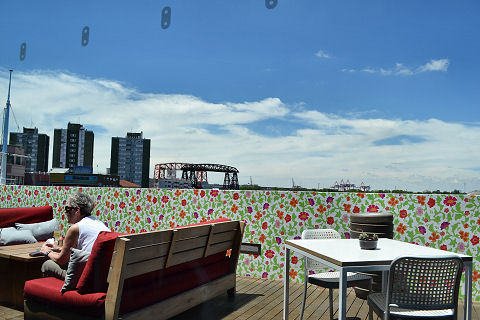
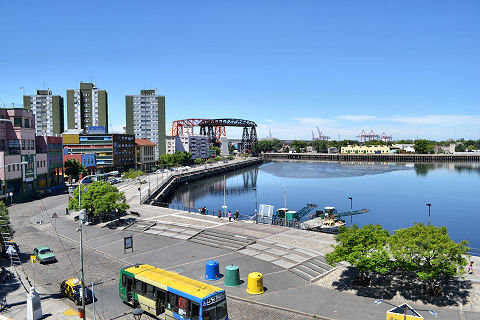
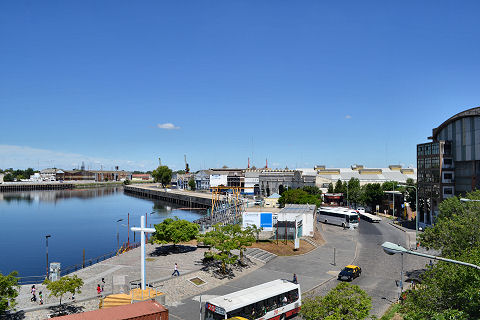
…a lovely balcony, which, at least while I was there was unshaded (there are roll down awnings, but they weren’t in use that day, so I decided to sit inside to eat. And, there’s a nice view out over the river, which looks and smells far prettier when you’re not too up-close.
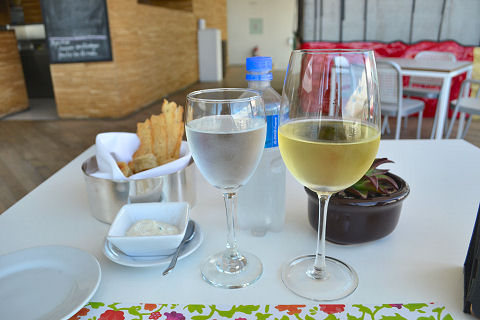
The menu is pretty basic – salads, sandwiches, pastas, and a couple of other main courses. Nothing particularly fancy, and nothing that sounded overly creative. Perhaps that’s why Los Petersen are no longer there? It doesn’t strike me as the sort of place that people would make a destination dining spot, most of my fellow diners were museum visitors, a few local business people, and museum staff, for whom it seems to be the cafeteria. Nice bread service – a little bit of a flatbread and some mini-biscuits, which were ever so slightly underdone, but eminently edible. Wines by the glass include a choice of two different chardonnays or two different malbecs – and there’s not much more to the wine list – pretty much the same by the bottle. A little creativity and selection might have been nice.
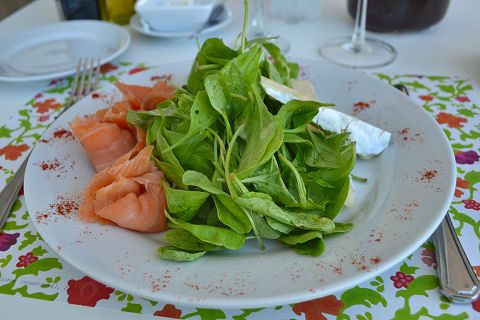
A generous smoked salmon salad with arugula and brie, dressed in a creamy lemon vinaigrette. Really quite good, and I’d have been happy with just that – as an appetizer it’s more of a sharing size than individual.
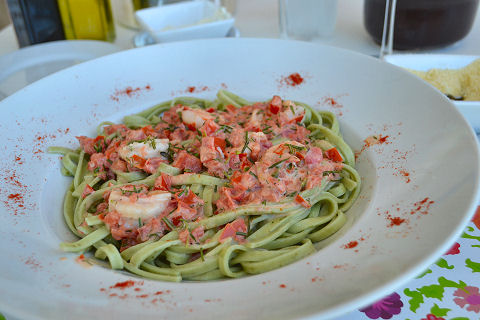
Another generous, but rather disappointing dish for the main course. The spinach fettucine were really thick, and completely overcooked, the prawns at least were plump and juicy, but the whole thing was tossed with what had to be a couple of stalks worth of chopped fresh rosemary leaves, it was like trying to eat a bowl of pasta coated in Vick’s VapoRub, and I ended up picking out the prawns and just eating some of the noodles. There may have been other seasoning, but there was simply no way to tell.
Overall, lovely space, great ambiance, generally attentive service (other than when the entire staff apparently decided it was time for a cigarette break and disappeared down the balcony for a solid 20 minutes – the manager who stayed behind refused to attend to tables and just kept going out on the balcony and glaring at the staff, but he never said anything to them to get them back in the room to take care of their tables. Food, mixed. So, I’ll give it a cautious Recommended, but I’d recommend against the prawn pasta.